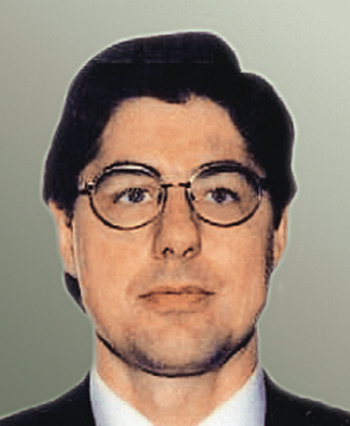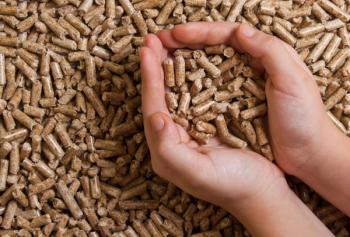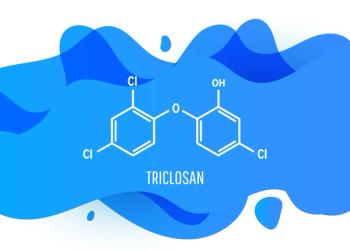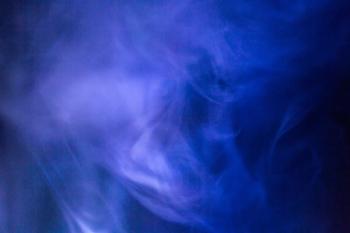
This issue presents a selection of peer-reviewed articles on the subject of infrared (IR) spectroscopy.

This issue presents a selection of peer-reviewed articles on the subject of infrared (IR) spectroscopy.

In this study, the measured spectra of acetic anhydride, acetic acid, salicylic acid, and aspirin are used for in situ monitoring of the progression of aspirin synthesis in a reaction system. Traditional methods such as HPLC and titration ultraviolet (UV) absorption are not optimal for such real-time monitoring because of long analytical times and complicated procedures. ATR-FT-IR offers an alternative solution that overcomes the shortcomings of traditional techniques.

FT-IR offers an alternative method for the quantification and classification of lignocellulose in biofuel pellets, based on determination of cellulose, hemicellulose, and lignin content. The IR spectroscopic evaluation presented here provides an understanding of the pretreatment and storage of biofuel pellets.

Selecting the correct basis set is essential for enhancing accuracy of DFT simulations. Here, the effects of five basis sets on the theoretical frequencies and calculated infrared intensities are compared to predict the molecular structural and vibrational properties of the triclosan. The demonstrated methods can help provide a benchmark for studying the pollution mechanisms and ecological effects of antibacterial products like triclosan.

By extracting the RGB, HSI, and grayscale information from a spectral range of 400–1100 nm and comparing the spectral features of sound and bruised peaches, the authors provided a classification system and theoretical basis for online fruit bruise detection.

IR absorption spectroscopy technology can solve the problem of line aliasing in gas detection. Here, continuous wavelet transform was used in time-frequency analysis to improve spectral component identification and quantitative detection of gases.